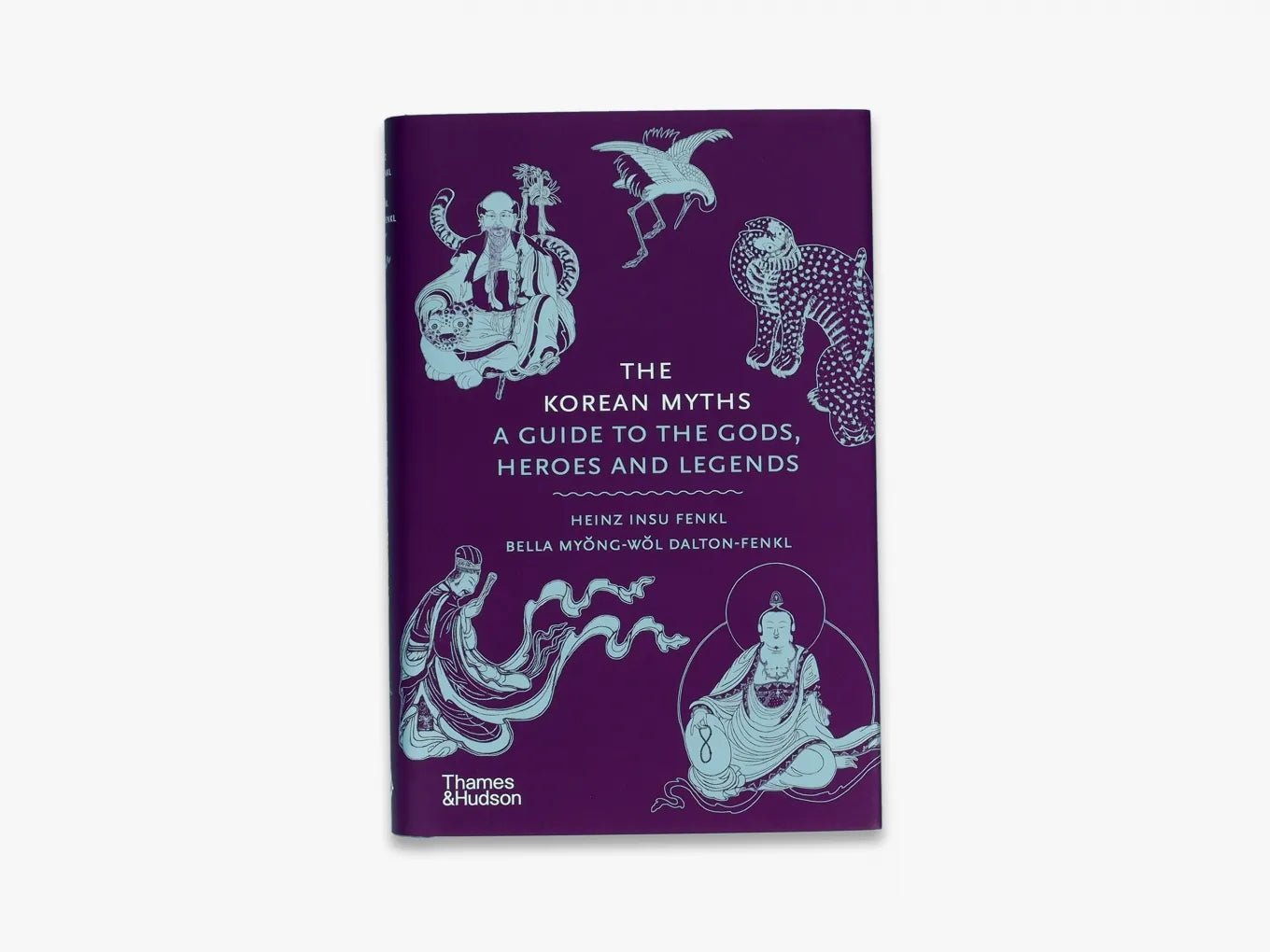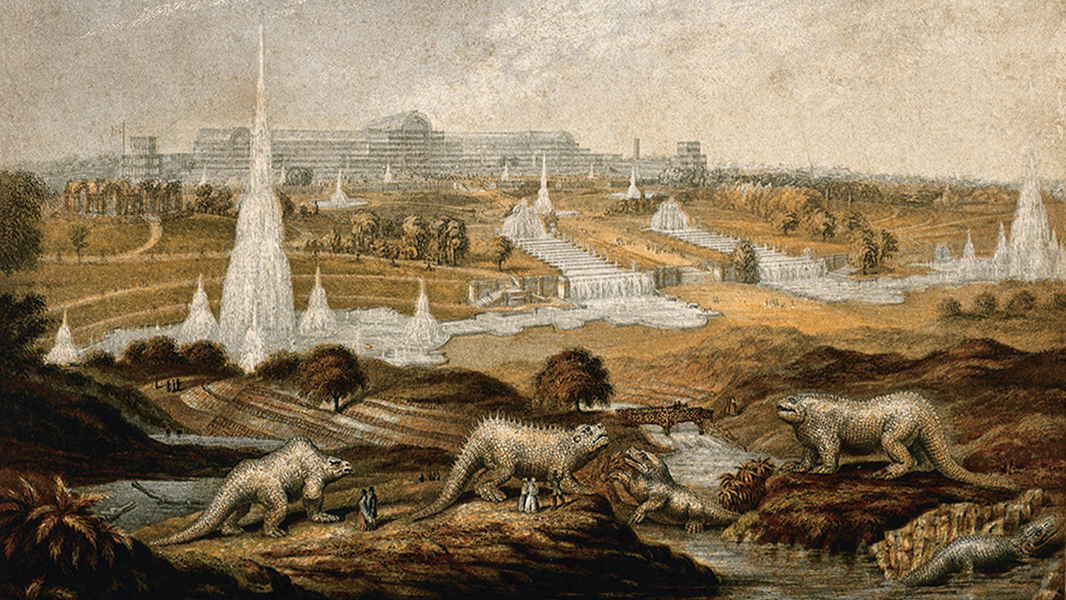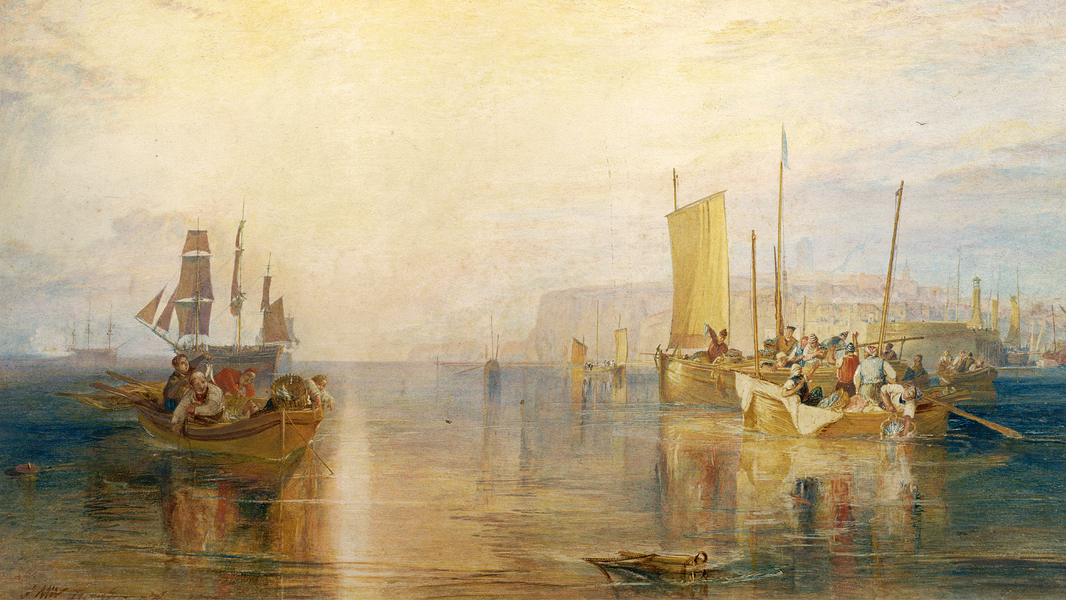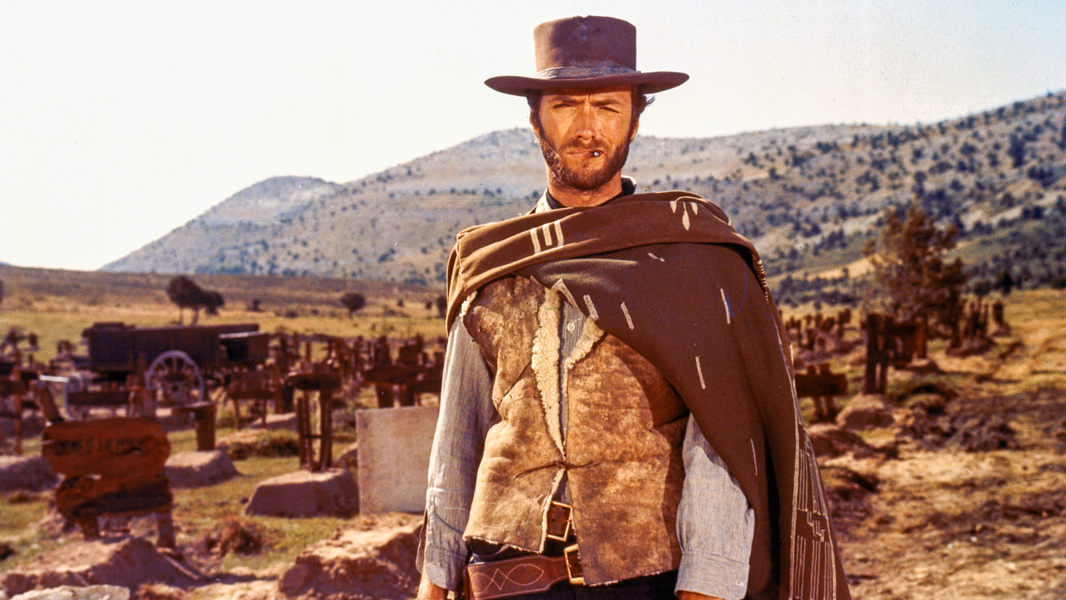For as long as humanity has existed, we have told one another stories. Some of these stories are personal, but many are collective; myths and legends that explain the origins of the world and our experience in it. Through deities and heroes, moral teachings and magical creatures, these stories serve as vehicles for collective wisdom, shared values, and wonder.
Through recounting stories orally, and later committing them to paper, human beings have been able to preserve customs, traditions, and folklore over millennia. Indeed, these myths and legends are so influential that still appear in our day-to-day lives. From Nike trainers, named for the goddess of victory, to the Trojan computer virus inspired by the legendary horse, these tales touch on many aspects of modern life.
In our Myths series, we explore the richness of mythological histories around the world, from Celtic symbols and Chinese dragons to Korean folklore and ancient Egyptian deities. Discover some of their most intriguing, and influential, figures and themes.
© Welcome Collection.
1. From Celtic mythology, the power of three
Across art, science, philosophy, and faith, number three rules supreme. There’s the Holy Trinity of Christianity; the Three Pure Ones of Taoism; the three worlds of Shamanism; the Id, Ego, and Superego of Freudian psychoanalysis; the Self, Shadow, and Persona of Jungian archetypes; and the past, present, and future that is essential to our understanding and experience of time.
The Celtic cultures of Ireland and Wales held particular reverence for this three-ness or “triadism”. In Irish mythic legends, battle goddesses, variously called Morrigna, Badbh, and Macha, always occur in triple form. In the Irish pantheon, there are three craft deities, while Ireland itself was personified as three godesses: Erius, Fodla, and Banbha. Any unfortunate king, meanwhile, found themselves killed three times over – by wounding, burning, and drowning.
In Celtic art, the three-armed whirligig or “triskele” is a recurring motif symbolizing concepts such as land, sea, and sky, or life, death, and rebirth. Other carvings represented triple heads, or even three faces on one head, like the stone from Corleck, Co.Cavan, Ireland. Each pair of eyes looks in a different direction, as if scanning 360°. This highly symbolic rving might have depicted a deity, but it might equally have been useld like a “seeing stone”, similar to the palantírs of Tolkien’s Lord of the Rings, used to gain knowledge of faraway objects or events.
Discover The Celtic Myths by Miranda Aldhouse-Green
© Los Angeles County Museum of Art. 'A late Joseon-dynasty hanging scroll of Gwanseeum, a key deity in Korean Buddhism. A Dragon King is in the bottom left corner and a buddha in each upper corner.'
2. From Korean mythology: gumiho, the fox demon
One of the perks of the 21st century is that we are able to enjoy the fruits of cultural exports. Take a scroll through social media and you’ll find elements of Korean culture are becoming hugely popular, from K-pop megastars and fashion trends to K-dramas and graphic novels.
It’s particularly fascinating to see these stories being played out in new formats, such as films, TV and even videogames. For example, in The Korean Myths we meet gumiho, an ancient nine-tailed fox associated with divinity and magic. This creature appears in many East Asian legends, typically portrayed as a harmless harbinger of mischief, but in Korean culture it is often more bloodthirsty, appearing as a woman to seduce young men and eat their heart.
In K-dramas, we see the gumiho appear in the aptly named My Roommate is a Gumiho (2021), a rom-com about a nine-tailed fox who longs to become a human. It’s also been suggested that the supernatural gumiho inspired the creation of Ninetails, the red-eyed fox from the global Pokémon franchise, who battles against other Pokémon at the behest of their trainers.
Discover The Korean Myths by Heinz Insu Fenkl and Bella Myŏng-wŏl Dalton-Fenkl.
© Museo Nacional de Arqueología y Etnología, Guatemala City, Justin Kerr Maya Archive.
3. From Mayan mythology, the god of maize
For the Maya, there was no clear distinction between what English speakers would call a “god” and an “ancestor”. Many protagonists of Maya mythology held both mortal and supernatural traits. They are referred to in terms of the otherworldly, and with the epithets of human kin. It follows, perhaps, that the most important of the Maya’s forebears was directly associated to their most staple food, maize. The grain has been cultivated in the Maya lowlands since at least 5,500 years and would soon account for at least 70 percent of an individual’s food intake – whether in a dense, steamed cornbread or a flat, circular bread comparable to a modern- day tortilla.
Based on imagery and hieroglyphic inscriptions, we know that the Maize god was visualized as a beautiful, youthful male, often with a cob-shaped crown of hair that inspired much Mayan hair styling. Like the grain he represents, the Maize god is subject to life, growth, and death. At the end of every harvest, he is summoned to a watery underworld, accompanied by a menagerie of companions including a spider monkey, a macaw, and an iguana. There he is buried and decomposes, creating fertile ground from which other plants, bearing cacao, avocado and other important foods, can grow.
Discover The Maya Myths by Mallory E. Matsumoto
C. A. S. Williams, Outlines of Chinese Symbolism and Art Motives, 1919
4. From Chinese mythology, dragons against drought
In any agricultural society, mythologies abound around weather events and climate. In China, where the great Yellow River flows through and fertilizes the northern plains, special veneration was given to the gods and spirits who controlled the waterways, guarding against a devastating flood, while ensuring a steady fall of rain.
The dragon has become a defining motif of China, but unlike its western cousins, typically depicted as fearsome creature intent on human destruction, the Chinese dragon was a noble and largely benign spirit who dwelt in the sky. And more than any fire-breathing, the dragon was associated with water. In times of drought, rain-making ceremonies would invoke dragons, who brought rain clouds when they passed in the sky overhead. Today, the Dragon Boat Festival, or Duanwu, is still celebrated on the fifth day of the fifth lunar month, the season of monsoon rains in the south of the country.
5. From Aztec mythology, the jaguar warrior
In Aztec culture, divinity was everywhere. To try and map out a clear-cut pantheon on deities, comparable to the Olympian gods of ancient Greece, is a labyrinthine task; god names and attributes overlap, multiply, and appear in many guises. The face of a god might reveal itself in the corn being cooked, in the stone of a belly of a pelican, in the rushing water of a river, a shooting star, or a rainbow. Every single small community had its own protector god or force.
One deity that was surely central was Tezcatlipoca, associated with the night sky, hurricanes, war, and the jaguar. In honour of Tezcatlipoca, members of the Aztec military elite were known as jaguar warriors. Early adherents to the animal print, they would go into battle adorned in jaguar-patterned clothing.
Discover The Aztec Myths by Camilla Townsend
British Museum, London. 'Wall painting from the 18th Dynasty tomb of Nakht in the Valley of the Kings'. Metropolitan Museum of Art, New York.
6. From Egyptian mythology: Bastet, the ancient cat lady
Nobody loves cats more than the internet, except for the goddess Bastet, of course. Ancient Egyptians are well-known for their adoration and worship of cats. As well as their practical role as chief mousers and crop protectors, cats were thought to be demi-deities, acting as the physical embodiment of Bastet.
In her earliest incarnation, Bastet was thought of as a fierce lioness, symbolising protection, strength and grace. In later legends, she became a woman with the head of a lioness or a domestic cat, demonstrating her dual nature of a goddess of war and strength, as well as a gentle, nurturing protector.
This duality is reflected in the changing nature of her legend. In one story, she is a dangerous lioness who cuts the head off her enemy by hiding a knife in her paw. Later, as she became more associated with domesticated cats, she became a motherly figure worshipped in the home. Ultimately, she inspired generations of crazy cat people, with a cult forming around her that led to almost 300,000 mummified cats being discovered in her shrine and a legacy that stretched as a far as Rome, Ostia, Nemi and Pompeii.
Discover The Egyptian Myths by Garry J. Shaw.
© Philadelphia Museum of Art. 'Peter Paul Rubens, Prometheus Bound, c. 1611–18'
7. From Greek and Roman mythology: the origin of Pandora’s Box
Greek and Roman mythology can be incredibly complex, and yet many of the most popular stories lie at the heart of western culture. Even the most dedicated of mythology fans can sometimes find themselves confused when the same legend goes by multiple aliases. This comes from the merging of the two civilizations, as Romans sought to find common ground between their gods and those of Ancient Greece.
You’ve probably heard the metaphor Pandora’s Box in daily conversation, but what does it actually mean? Pandora’s story comes to us from ancient Greek mythology in a series of epic poems... According to legend, Pandora was the first woman, and a curse sent by Zeus to punish Prometheus for stealing from the gods. Her name means ‘she who gives all gifts’ and came with her very own jar, filled to the brim with every trouble known to humanity.
She was given to Prometheus’ brother Epimetheus, and despite being warned to never accept gifts from Zeus, she promptly became his bride. Once established in his home, she decided to open her jar and thus, unleashed chaos on humanity. In later translations, her jar became a box. Sound familiar? It’s very likely that she was the inspiration for Christianity’s Eve, but Christianity wasn’t recognised by the Romans until 325 CE.
Discover The Greek and Roman Myths by Philip Matyszak.
© Philadelphia Museum of Art.
8. From Norse mythology: a world made of body parts
Last but most certainly not least, we turn to Norse mythology, a vivid and often violent collection of stories that has inspired fiction, TV and film, and even Marvel Comics characters such as Loki and Thor. Norse mythology can trace its roots to pre-Christian Scandinavia and Iceland, and these surviving artefacts and stories have influenced the work of some of our greatest artists, including Wagner, William Morris and J.R.R. Tolkien.
But forget those glamorous, Hollywood-esque Norse gods. Norse mythology is known for its weird and wonderful tales, the most compelling and possibly disgusting of which has to be the Norse creation myth.
According to legend, in the beginning, there was nothing but a void known as the Ginnungagap. One day, the glaciers and fire within the void collided and created Ymir, a hermaphroditic being who in turn created the first giant. After a few generations of giants, Odin, Vili and Vé were born, and that’s where the trouble began.
Bored with Ymir’s world, they conspired to create a new one, which could only be done by murdering Ymir. So they slaughtered him and used his corpse to fashion a world more to their liking, using his blood for the ocean, his brain for clouds, his skull the sky, and his bones for the mountains.
Discover The Norse Myths by Carolyne Larrington.
© Yei Theodora Ozaki, The Japanese Fairy Book, 1903. 'The old bamboo cutter finds the infant Kaguyahime inside a stalk of bamboo at the start of the 'Tale of the Bamboo Cutter'.'
9. From Japanese mythology: the Tale of the Bamboo Cutter
Next on our tour comes Japan, a country rich in tradition and with a great appreciation for their ancestors. Japan’s oldest history record is the Kojiki – which translates as Records of Ancient Matters – believed to have been completed in 712 CE. It opens with the legend of Izanagi and Izanami, believed to have created the islands of Japan, and the stories of their lives and divine offspring.
The modern-day incarnation of Japanese mythology comes to us through anime, where ancient deities become the heroes. Studio Ghibli, one of Japan’s most famous animation studios, has produced many beloved films with a focus on mythology, including Princess Mononoke and Spirited Away. The Tale of the Princess Kaguya, released in 2013, is a direct adaptation of one of the oldest recorded pieces of Japanese folklore, The Tale of the Bamboo Cutter.
In this story, a princess from the Moon is discovered in a shining bamboo stalk by a childless couple, who choose to raise her as their own. This decision brings them great wealth, and the baby grows into a beautiful woman who attracts the attention of the Emperor of Japan. However, she yearns for her true home, and she chooses to drink an elixir of immortality and return to the Moon. Legend has it that this story inspired the name of the tallest mountain in Japan, Mount Fuji, which is close to the Japanese for immortality, fushi.
Discover The Japanese Myths by Joshua Frydman.
Interested in learning more? Delve into our entire Myths series.
This article was updated in September 2025 to include additional myths from The Aztec Myths, The Celtic Myths, The Chinese Myths, and the newly published Maya Myths.





















